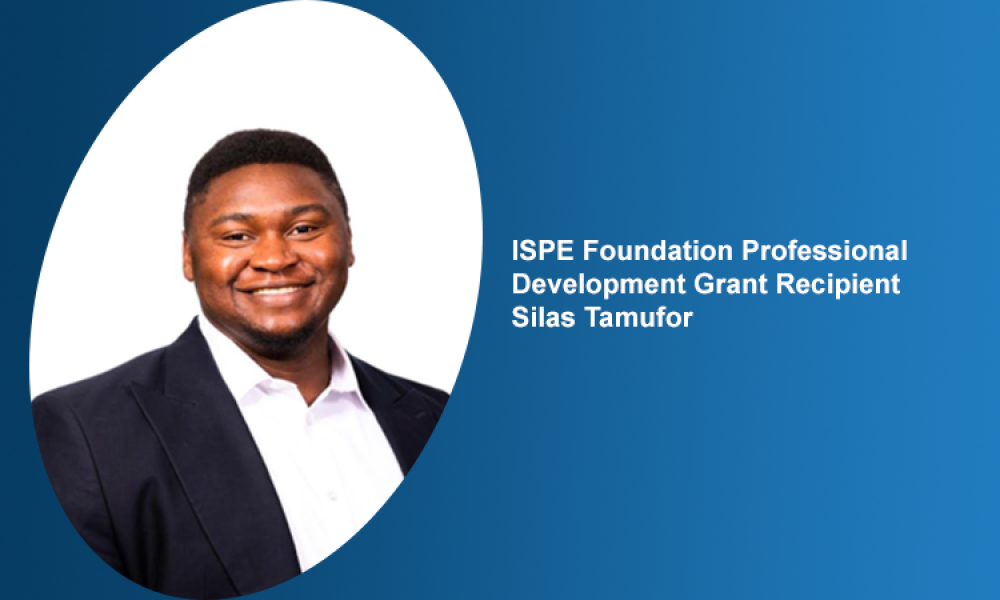Emerging Therapeutic Entities Session Recap

Mihaela Simianu, PhD, Director of Regulatory Compliance, Pharmatech Associates, Inc., led an interactive session on Emerging Therapeutic Entities in Immunotherapy and Gene- and Cell-Based Therapies on 6 June 2017, day 2 of the 2017 ISPE/FDA/PQRI Quality Manufacturing Conference.
A panelist in the morning’s Women in Pharma (WIP) breakfast session, she opened with an overview of the group, presenting its committees and their respective charters. Dr. Simianu encouraged all session participants, man and woman alike, to get involved with one of the committees and further the cause of gender parity; through education, the community of resources, and mentorship.
Dr. Simianu then proceeded with her presentation on what she called “the biologics renaissance.” She compared the potential of biology and life sciences to transform lives to the advent of the Internet. “In the last 25 years, the growth of biologics has been exponential and we are now looking at personalized therapies to treat disease,” she said.
Dr. Simianu briefly described the evolution of stem cell therapy. “Stem cell transplants have a history of 60 years,” she said. “They have been taking place in medical research centers since the 1950s.” The FDA approved the first stem cell product to treat blood disorders (HEMACORD®) in the United States in 2014.
Today, some 760 companies are working on regenerative medicine, including cell or gene therapy. The FDA has approved about 20 products. “Cell therapy, along with tissue therapy, is expected to have the greatest growth,” she said. Currently there are 855 clinical trials underway with 70 products in phase 3 trials.
The challenges, she concluded, require a change in paradigm for product design and development because, she said, in some cases, like for autologous cell therapy products, “the patient is the raw material, the starting point of a vein-to-vein supply chain.”
Dr. Simianu then introduced guest speaker Anna Gilbert, Director of Quality Assurance, Nohla Therapeutics, to tackle this notion. Her talk, “Raw Material Solutions In Cell Therapy,” focused on the differences between autologous and allogeneic therapies.
Autologous therapies, explained Gilbert, “provide treatment to a single donor. They take a patient’s own cells, modify them ex vivo, and then infuse back into same patient.” This is an example of personalized medicine. Allogeneic therapies, on the other hand, retrieve cells from a single patient to deliver treatment to many. “This is a more commercially viable model,” she said, “although it does present an increased risk of immunological rejection.”
One of the most critical pieces of autologous immunotherapy is chain of identity. “Robust systems need to be in place to make sure that ‘what you take out, is what you take back.’” This concern is absent in allogeneic immunotherapy because it utilizes a more standard manufacturing model.
Get a full conference recap by visiting the official 2017 ISPE/FDA/PQRI Quality Manufacturing Conference website. Interested in attending the 2018 ISPE Quality Manufacturing Conference? Sign up to receive notifications, including early registration discounts, keynote speaker announcements, and more.



